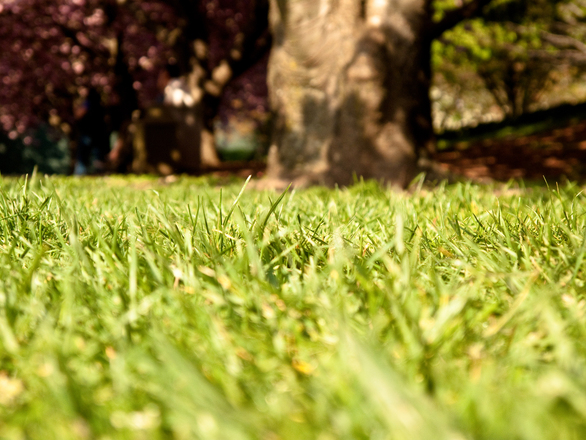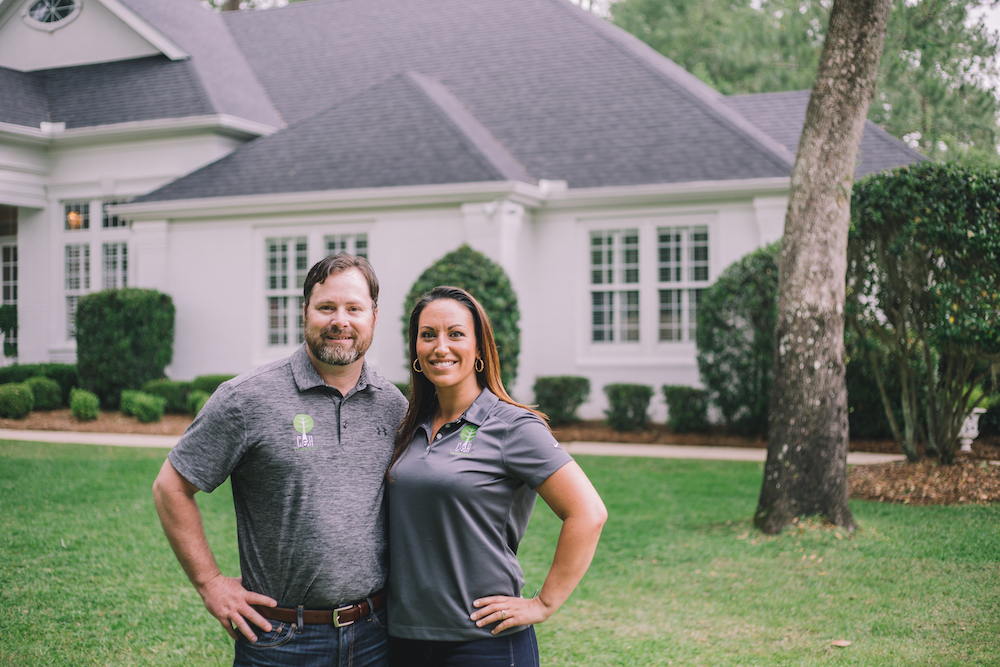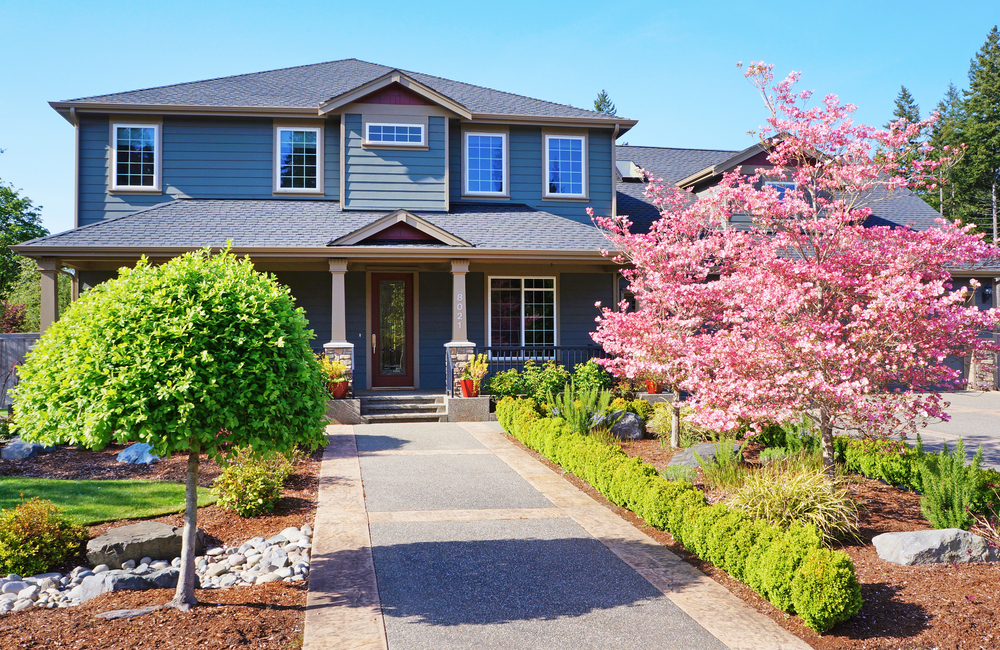
Which Grass Type Is Right for Your Lawn?
When it comes to choosing a grass type for your lawn, one size—or type—doesn’t necessarily fit all. It’s important to consider more than just the look and feel of the grass when making your selection. Different grass types thrive in different regions and under different conditions. If you find yourself struggling to maintain a fresh, great-looking lawn, switching to a different grass type may be the solution. Here are three common grass types suitable for North Florida lawns.
Centipede Grass
Centipede grass is a low-maintenance lawn option that thrives in warmer southern climates, making it the most popular choice for Florida homes.
Appearance: The dense, low-growing and medium-textured grass is a light, yellow-green color.
Environment: Centipede grass does well in full sunlight, but thrives in shifting shade. It is suited for the sandy and acidic soils of the Southeastern U.S., making it a great choice for Tallahassee lawns. This grass is very drought-tolerant and flourishes in milder winter temperatures.
Care: The perfect choice for the low-maintenance homeowner, centipede grass is slow-growing and does not require much fertilizer or mowing. It is also generally resistant to pests and diseases. However, centipede grass is prone to nematode damage, so it’s important to keep an eye out for the small roundworms.
Best for: Fully sun exposed or variably shady low-traffic lawns.
Sod, Seed or Plugs? Centipede grass is typically easy to grow in a variety of situations, so the choice of sod, plugs or seed comes down to preference. Centipede grass seeds can be sowed on tilled or untilled soil, so seeds can be sown over existing lawns to either augment or replace the current grass.
St. Augustine Grass
St. Augustine grass requires moderate maintenance, making it a less appealing option for some. But, its dense texture makes it ideal for your home or business lawn.
Appearance: St. Augustine grass is a thick, coarse grass that is dark green in color.
Environment: Because St. Augustine grass is not drought tolerant, it thrives in the shade and can handle salty environments. For this reason, it is the ideal choice for many areas of Florida.
Care: St. Augustine grass requires more maintenance than most grass types, including regular watering, mowing and fertilization. It is prone to insects, such as chinch bugs, as well as fungal diseases that can be managed through proper watering, feeding and mowing. St. Augustine grass has very low wear-tolerance, so for high-traffic lawns, it’s best to opt for a different grass type.
Best for: Low-traffic, shady lawns.
Sod, Seed or Plugs? St. Augustine grass is notoriously difficult to grow from seed. Save your frustration by relying on plugs or sod when planting.
Zoysia Grass
Zoysia grass is a soft, dense, weed-resistant grass that requires little maintenance.
Appearance: Zoysia grass forms a thick, green lawn that is soft and feels great on bare feet.
Environment: Zoysia grass is heat, drought, salt and shade tolerant.
Care: Both slow- and sideways-growing, Zoysia grass does not require frequent mowing. Zoysia grass is also weed-repellant due to its dense nature, making it another low-maintenance option for Florida homeowners.
Best for: Because of its resiliency, Zoysia grass is a favorite on fairways, sports fields and other high-traffic areas. Zoysia grass can be exposed to a variety of conditions—from sunlight to shady. It’s the perfect choice for an active family that enjoys spending time outdoors playing on the lawn rather than maintaining it.
Sod, Seed or Plugs? When trying to cover bare patches in your lawn with Zoysia grass, seeds are best, but they only work if the soil is completely bare. Plugs are recommended for use over existing grass or in areas where there is low light, as seeds require a certain amount of sunlight to germinate. Because Zoysia is slow-growing, homeowners may prefer to use plugs or sod for faster results.
Most grasses are similar in price, but their appearance, ideal environment and maintenance requirements are what sets them apart. While there are many varieties of grass that thrive in north Florida, Centipede, St. Augustine and Zoysia are the best for residential use.
Other grasses, such as Bahia or Bermuda, have adapted to the area, but are better suited for recreational fields or roadside pastures, because they are lower-quality and require less maintenance.
Still not sure how to choose the best grass for you? Contact C&A Landscape at 850-329-0621 for help with choosing the perfect grass for your lawn.



